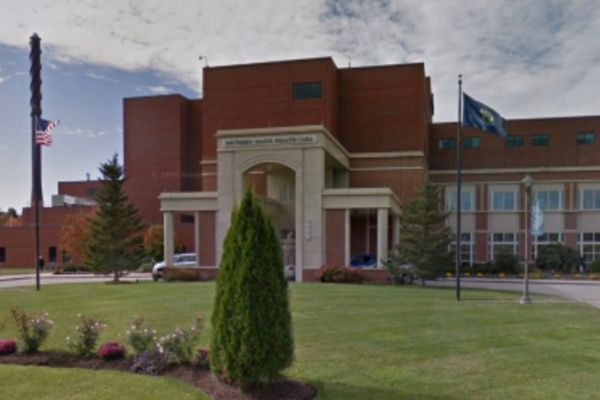
There were no giant cruise ships in 18th-century Venice. No Disney store by the Rialto, no Biennale. Instead, a handful of aristocrats, off on their grand tour, took leisurely gondola trips on quiet canals. And instead of taking home a mask and a bottle of grappa, they got a painter called Canaletto to do them a few views.
One visitor, Lord John Russell, commissioned no fewer than 24 such souvenirs and they are on view at the National Maritime Museum while their usual home, Woburn Abbey in Bedfordshire, is being restored. They are undeniably gorgeous. But the museum tries to hang too large a narrative arc on what is basically a nice chance to see some stately home treasures. No, they insist – this is a chilling insight into the peril facing Venice today, when flooding caused by the climate crisis and egregious levels of mass tourism threaten to destroy this precious human ecosystem. The show ends with a salutary video of the city’s recent floods and a powerful interactive tool that lets you see, from year to year, how the worst flooding in Venice’s history has hit in just the last few years. There used to be many years with no floods at all.

Canaletto’s views don’t much benefit from all this information. I was gripped by the drama of the floods on screen, though, shamefully spellbound by the spectacle of people wading through St Mark’s Square up to their hips in water. Such apocalyptic visions are important and we need to see them, but it does no favours to the placid, precise paintings of the Venetian master. They make Canaletto’s golden views look boringly picturesque. It reminded me of that bit in Spiderman: Far from Home when Peter Parker’s school trip to see Venice and all its sublime architecture is suddenly enlivened by a monster destroying the Rialto Bridge.
This is unfair on Canaletto because he is not some cliched artist of tourist views. The detailed souvenir of Venice he created for the future 4th Duke of Bedford includes all the obvious landmarks yet these paintings are also rich in less grand sights. Walls of monasteries and convents block off the view, dilapidated palaces skulk in the shade, blank old facades bake in the sun. White marble is rarely spotless, but streaked with stains. It doesn’t dominate, yet it is part of a patchwork of reds and yellows, all reflected in green water.
Canaletto did not paint a city in its prime but a place that had seen better days, gradually losing its shine. The golden age of Venice was centuries earlier when it was conquering colonies such as Cyprus and Nafplio and its artists included Giorgione and Titian. British tourists were conscious of being representatives of a rising empire beholding a dead one – and Canaletto does not hide the sense of ruin. He shows mouldering details on the Doge’s Palace and gives glimpses of tottering, uncared-for houses. One view, The Campo Francesco Morosini from San Stefano, is a spectacle of human bustle amid architectural rot: people are out promenading in puffy wigs and visiting the shops on the ground floors of high, crowded former palazzi, while at the far end of the square you can see fine buildings reduced to grey, bleak slums.

“The square now attracts large numbers of tourists,” points out the wall text, but there’s another difference – these buildings are now much better cared for. The rise of modern tourism is not a completely negative phenomenon. When it started in the 1800s, architectural theorists such as John Ruskin helped chronicle and celebrate every detail of Venetian medieval architecture. Restoration and cleaning preserved palaces that might otherwise have toppled over by now.
Without the rise of mass tourism, visiting Venice would have remained the privilege of a few aristocrats like that Duke of Bedford. Would we want that? This exhibition conveys what a cultural loss that would be, too. Canaletto is quietly absorbing, at his best, but I found myself longing for Monet’s incandescent paintings of Venice, a city dissolving in light – or the cinematic Venice of Luchino Visconti.
The city that modern writers, film-makers and artists have portrayed is a place of shadows and memories, a ludicrously beautiful, impossible city where dream and reality are hard to tell apart. You can find that same mystery within the rational, meticulous views of Canaletto, but 24 views are quite a lot. And I am glad the city’s history did not stop in 1731 but has come into modern times when we plebeians can go there, too – even if we do spoil the view.
-
Canaletto’s Venice Revisited is a the National Maritime Museum, London, from 1 April to 25 September.







